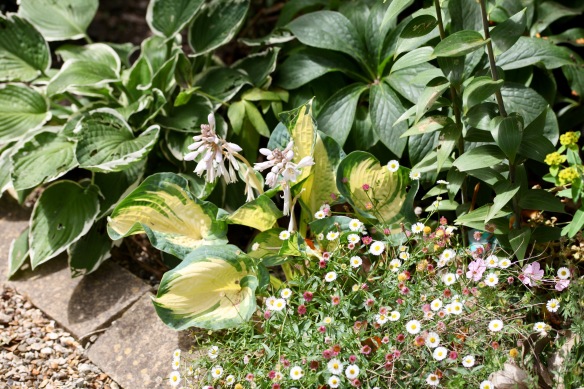The sun kept away today, and the cloud-wrapped air was mild.
To increase seasonal confusion the winter flowering cherry has bloomed early and nudges crab apples normally stripped by blackbirds by now.
This camellia is a very early spring bloomer, but never a November one.
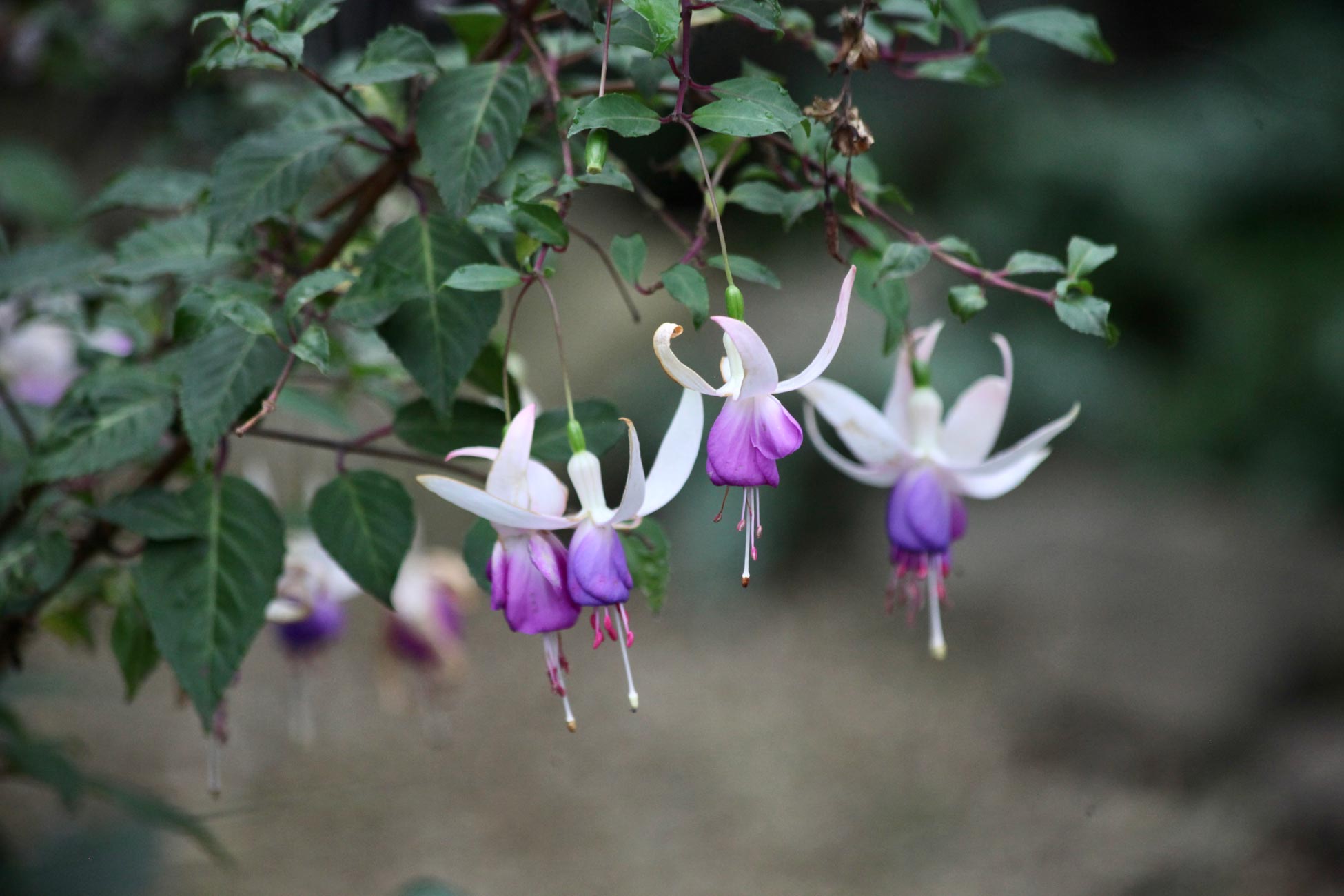
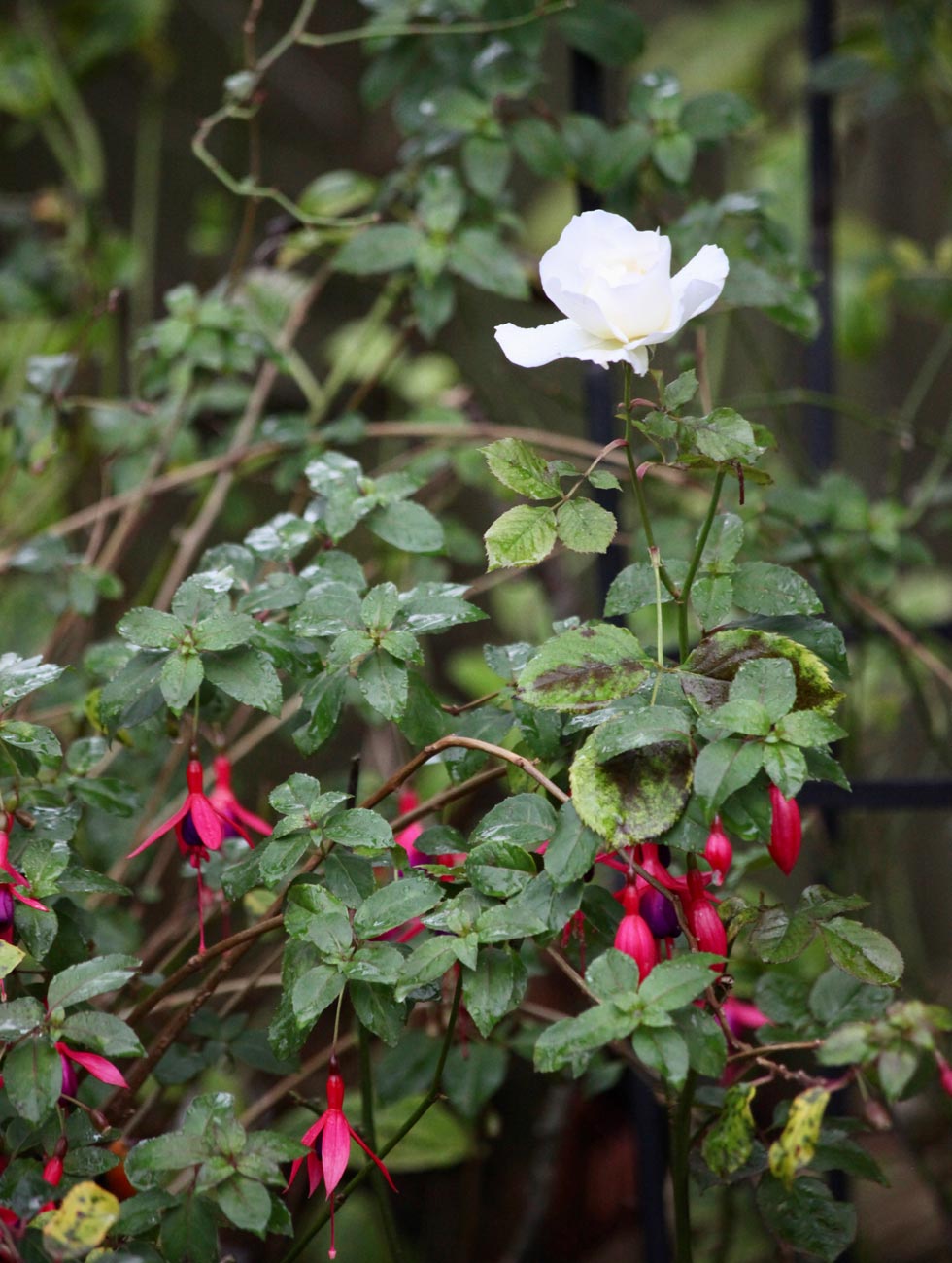
Fuchsias like Delta’s Sarah and Mrs Popple just go on and on;
what is Margaret Merril doing distributing her summer scents over the latter?

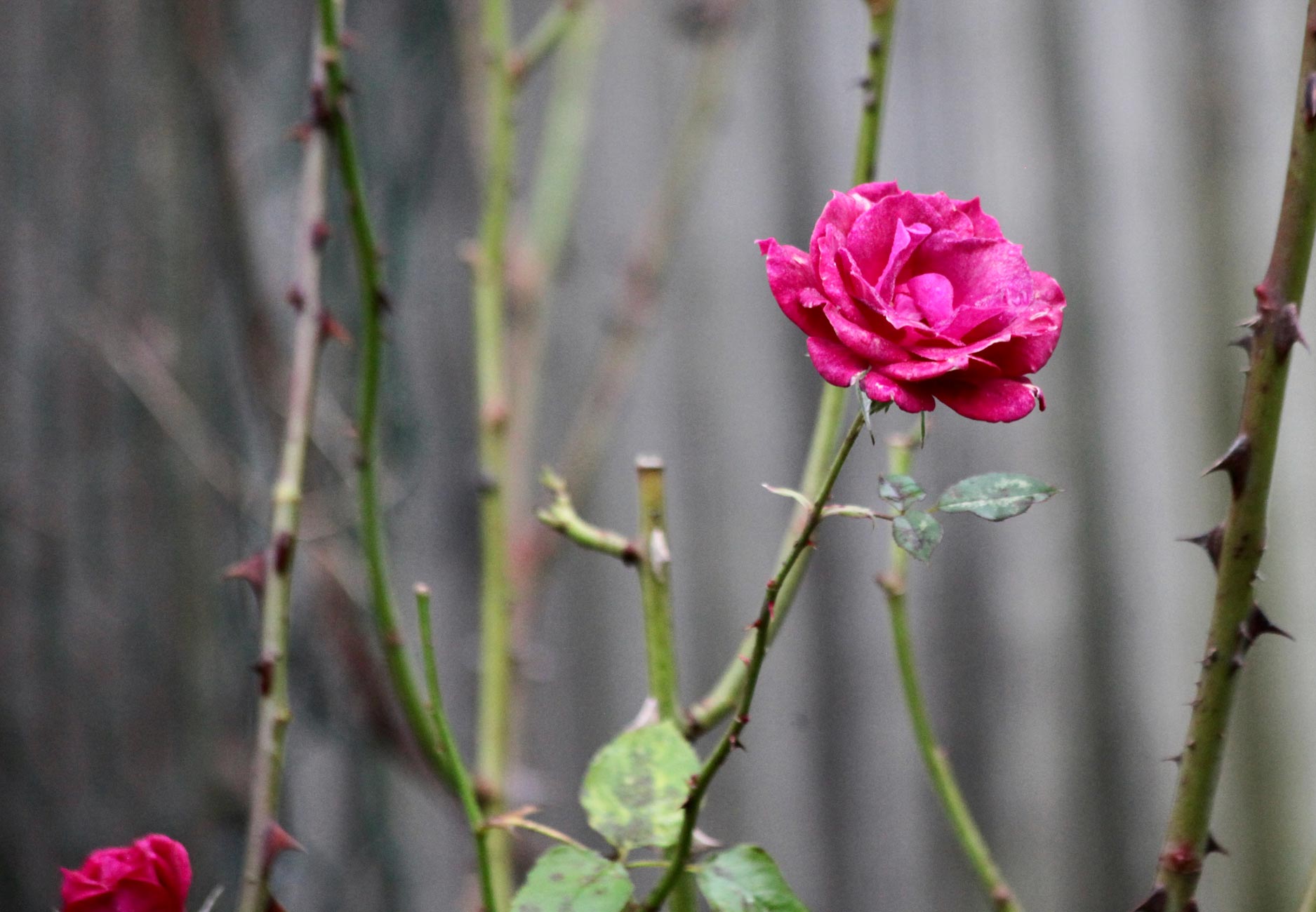
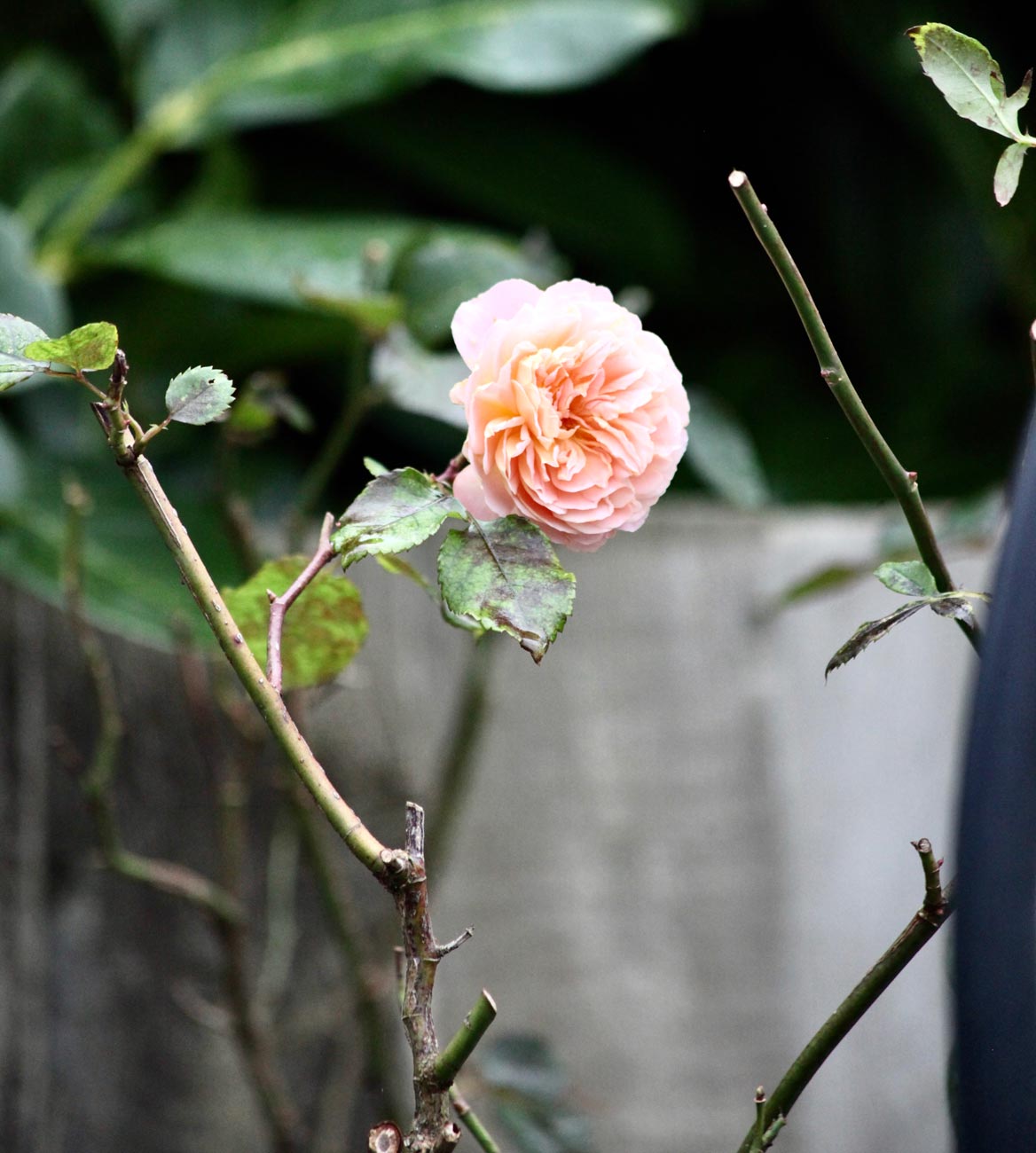
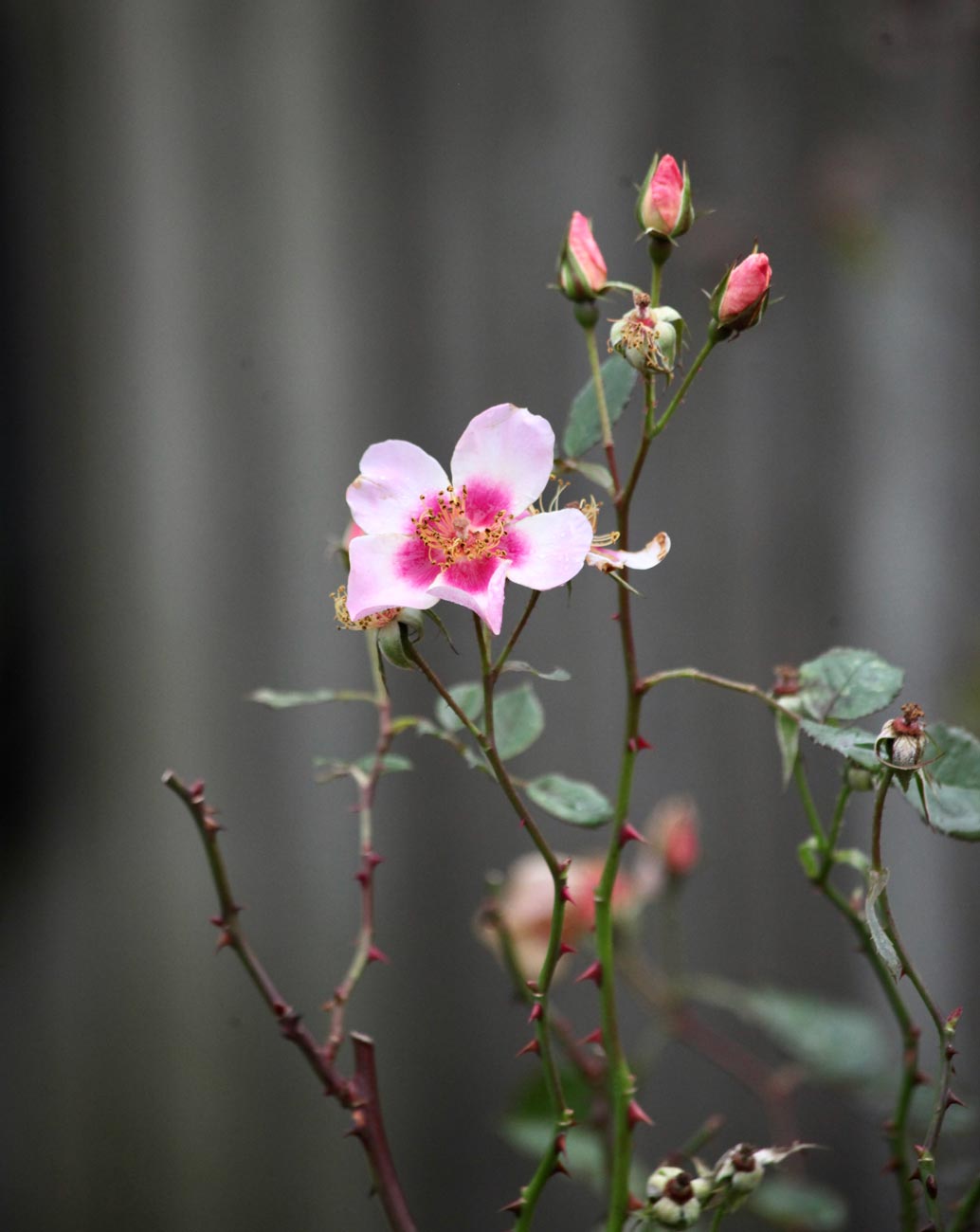

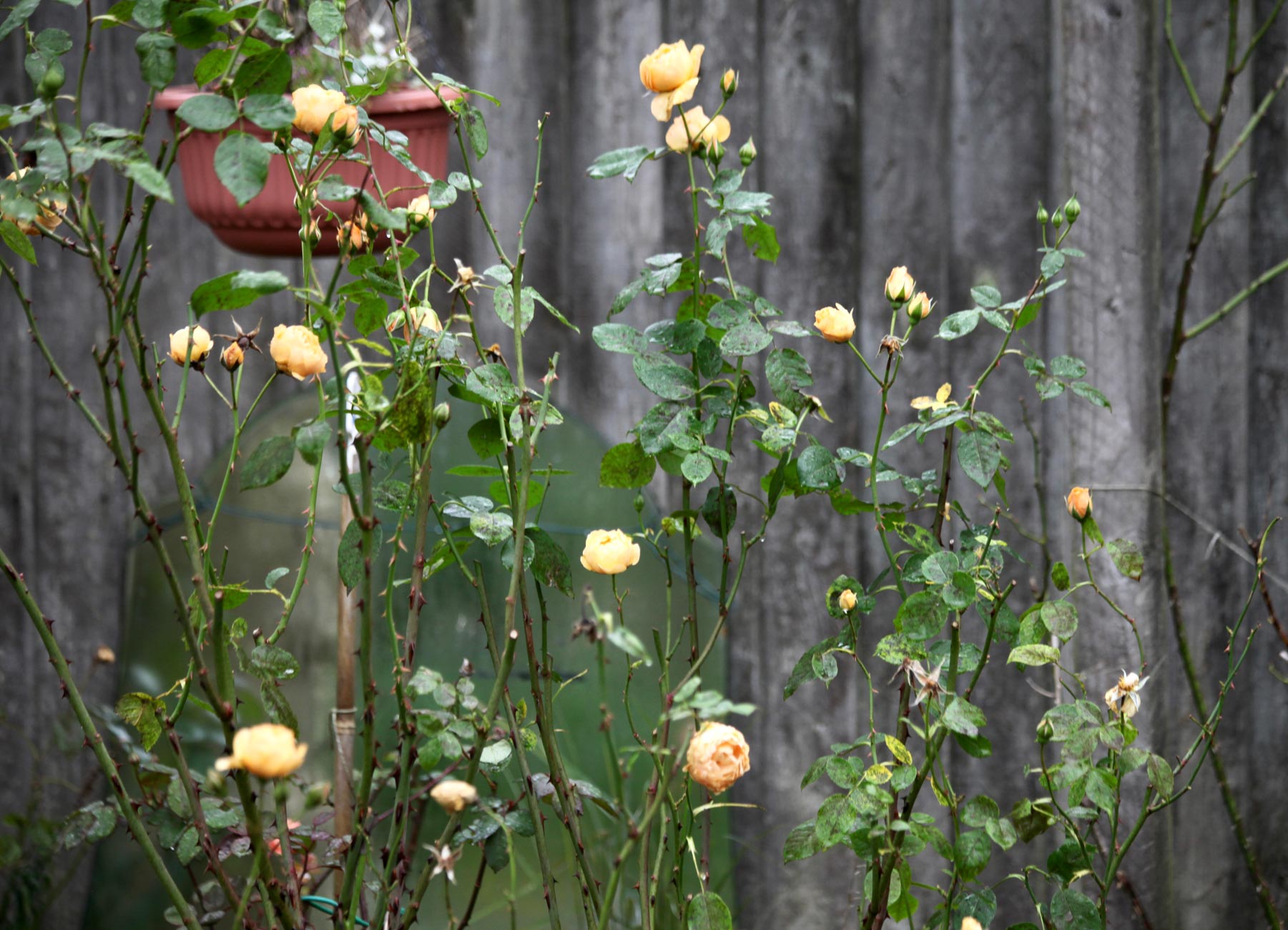
This pink climber; the deep magenta Gloriana; gently blushing Crown Princess Margareta; never-ending For Your Eyes Only; dewy Mamma Mia; and ever-prolific Absolutely Fabulous still, beyond their normal spans, cling to life.
Even Winchester Cathedral has turned its back on Autumn.
Fatsia knows when to flower;

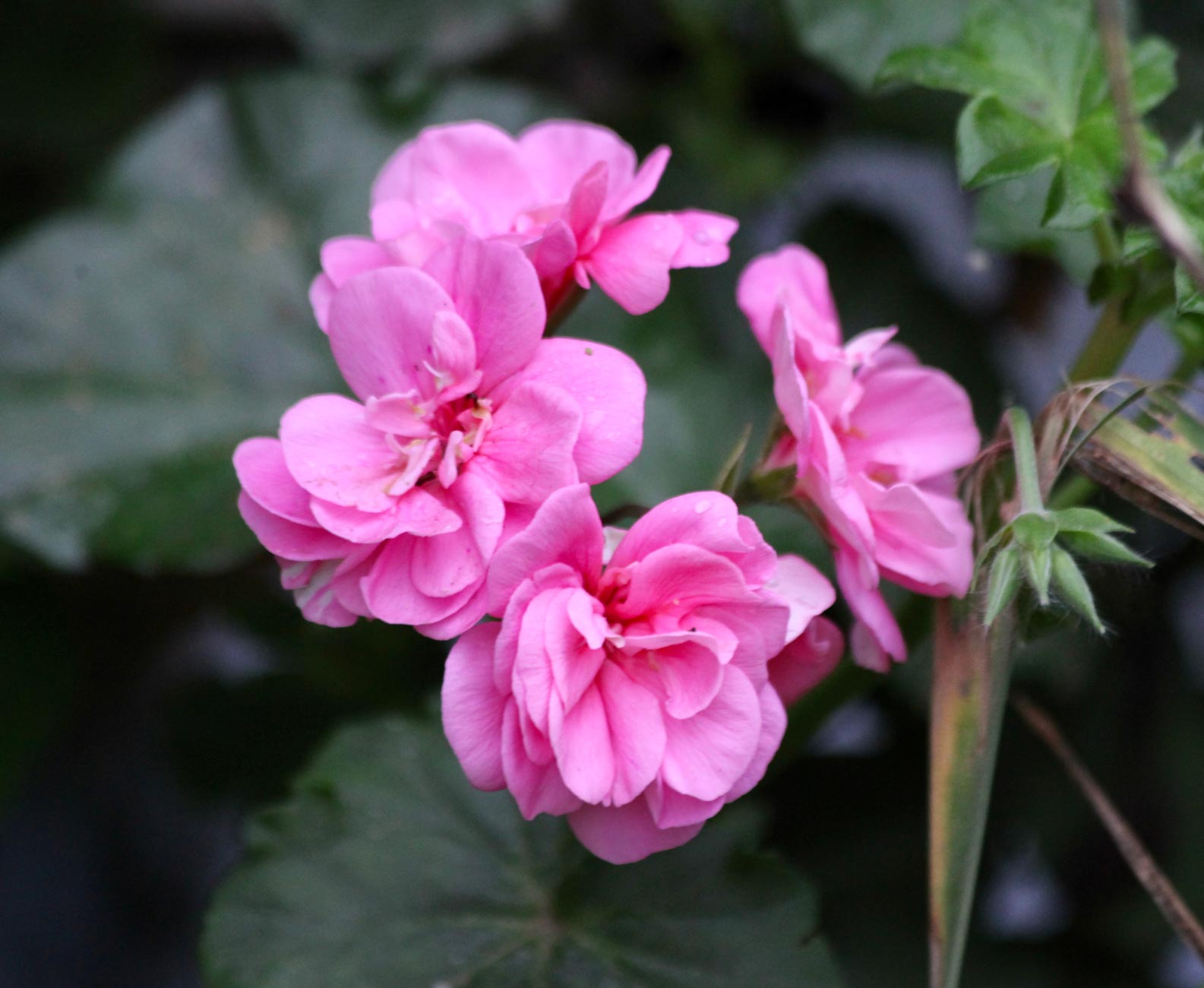

as for bidens, pelargoniums, and penstemon, they have no idea when to stop.
This afternoon the skies gently leaked and I scanned the last few black and white negatives produced from Kensal Green Cemetery in May 2008.
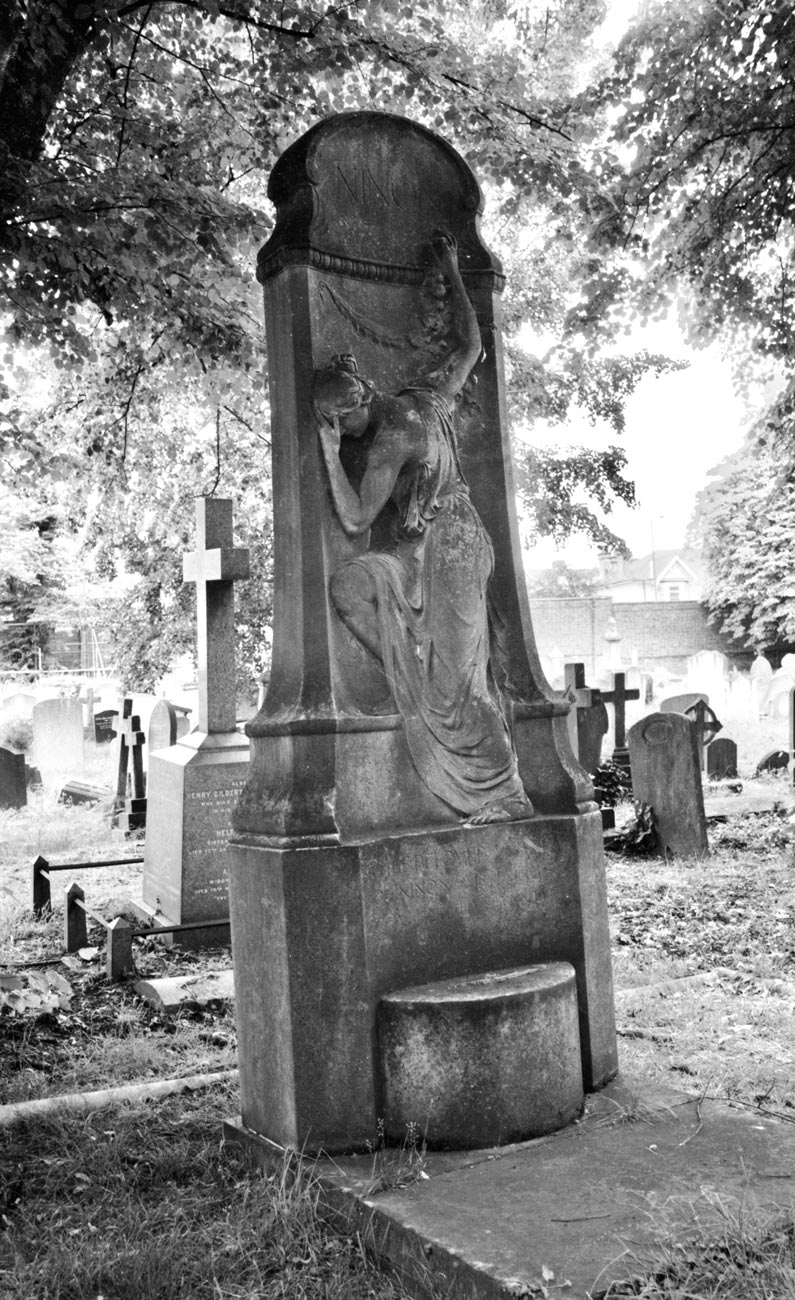

One of the most skilfully carved monuments in this, the earliest of “The Magnificent Seven” landscaped London cemeteries, stands in honour of Ninon Michaelis (c1864-1895) who ‘was the first wife of Maximilian (Max) Michaelis (1852-1932), a German-South African financier and diamond magnate. Max Michaelis was a partner in the mining company of Wernher, Beit & Co., and came to England in 1891 as the firm’s London director. An avid collector of paintings, he donated a magnificent collection of Dutch masters to the South African government, and endowed the Michaelis School of Fine Arts in the University of Cape Town. He was knighted in 1924. Ninon Michaelis was named as a popular figure in reviews of troops in South Africa. In May 1895, at the age of 31, she died of syncope (fainting), pneumonia and alcoholism. Also deposited in the vault beneath the monument are the remains of Max’s brother Gustav Michaelis (c1858-1901). Ownership of the vault passed to Maximilian’s second wife, Lillian Elizabeth Burton, whom he married in 1908, and who is recorded as the owner of the plot in 1932……..’
‘The monument is attributed to Henry Alfred Pegram (1862-1937). Pegram entered the Royal Academy Schools in 1881 and exhibited at the Royal Academy from 1884.’ (https://historicengland.org.uk/listing/the-list/list-entry/1246089).
A side view of this sculpture of artist Wiliam Mulready appears in the book so I will not reproduce it here.
Sorrowful angels populate these Victorian burial grounds.
Another sealed up mausoleum is this one erected for Sir Patrick O’Brien.
His obituary in the International Catholic News weekly reported ‘The death of SIR PATRICK O’BRIEN, BART., on April 25, is announced. The deceased Baronet was the eldest son of the late Sir Timothy O’Brien, Bart. When the Corporation of Dublin was reformed in 1840, Daniel O’Connell was elected the first Catholic Chief Magistrate of the City since the penal times. Sir Timothy O’Brien was the second, and he was again subsequently elected when it became known that the Queen was to pay her first visit to Ireland. It was on this occasion, 1849, that the honour of a Baronetcy was conferred. He had then been member for Cashel since 1845 and continued such till 1857.’ (http://ukcdngenealogy.blogspot.com/2016/08/a-london-cemetery-blumberg-obrien-and.html)
This evening we dined on Jackie’s well-matured spicy pasta arrabbiata and tender green beans with which she drank Hoegaarden and I drank Valle Central Reserva Privado Merlot 2019.









